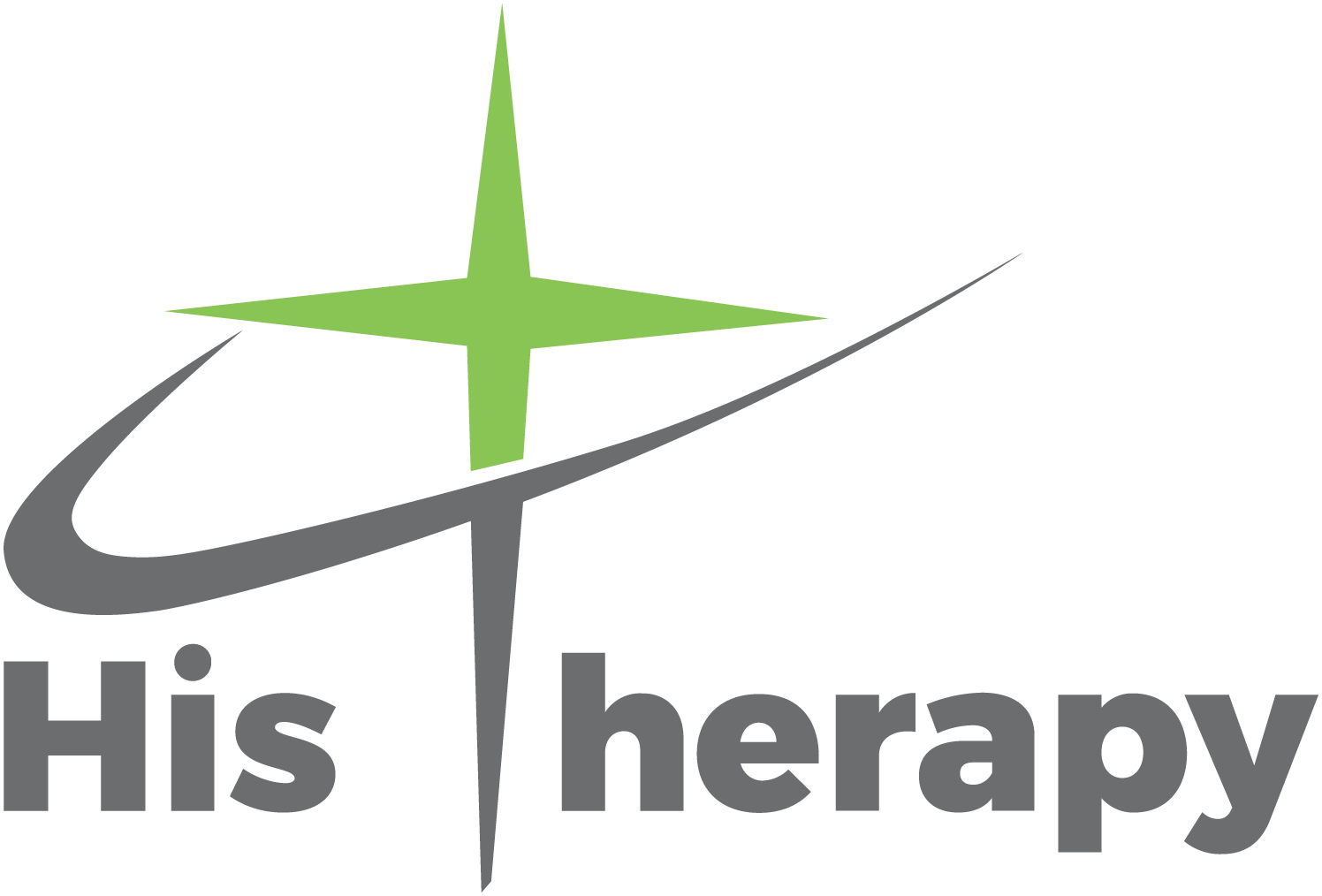Bone is living tissue that is constantly changing and adapting. The good news is that you can improve your bone health at any age. There is a misconception that osteoporosis is a disease of the elderly when actually healthy bone development starts in our youth. Girls who have diets high in dairy and who exercise regularly create bones that are denser and are less likely to develop osteoporosis. Women reach their peak bone mass at about age 21. After that, there is a slow, steady decline that increases with the loss of estrogen surrounding menopause.
Listed Below are 5 helpful tips to improve your bone health:
Trunk Lifts – trunk lifts build strength in your back bones by doing reverse sit-ups; lie on your stomach and lift up your trunk.
Vitamin D3 – a daily dose of Vitamin D3 helps your body absorb calcium. It is also known as the “sunshine vitamin” because we make it when our skin is exposed to sunlight. If you live in the Northeast, however, you cannot depend on getting enough daily sun year-round to make sufficient Vitamin D3; So taking the supplement is encouraged.
Lift Weights – Pump a little iron in addition to your cardio. Strength training with high loads and low repetitions can increase bone mineral density in women.
Increase Your Dairy Intake – Calcium is not produced by our bodies; so we must get it from food or supplements. Calcium is essential for many bodily functions (including heart rate regulations), so if you don’t have enough in your diet, calcium will be taken from your skeleton. If you are allergic to dairy, you should talk to your doctor about good calcium supplements.
Walk More – walking is a weight – bearing activity that increases the bone density in your hips. Gradually build up to walking at a moderate pace for 30 minutes, five days per week. Other wight-bearing exercises include tennis, jogging, volleyball, calisthenics, aerobics, stair-climbing, and dance.
Remember that what you do today strengthens your bones tomorrow.
